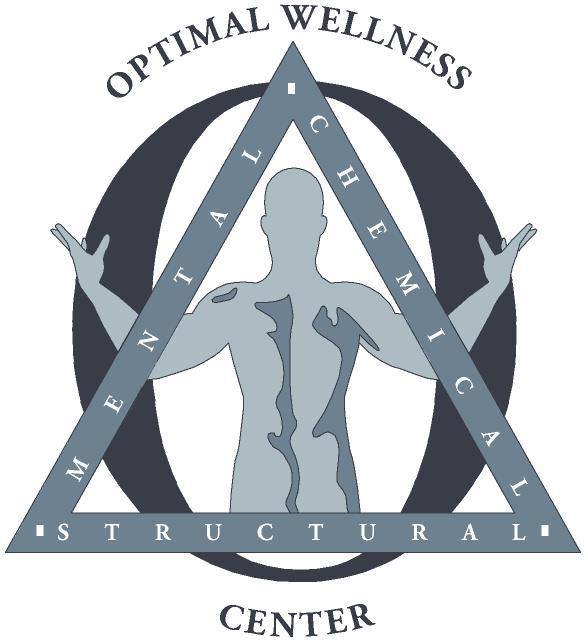Patellofemoral Pain Syndrome (Runner’s Knee) in Midvale | Optimal Wellness Center
Overview of Patellofemoral Pain Syndrome (Runner’s Knee)
Patellofemoral Pain Syndrome (PFPS), often known as Runner’s Knee, is a common condition causing pain around the kneecap, frequently affecting athletes and active individuals. At Optimal Wellness Center in Midvale, we specialize in diagnosing, managing, and treating patellofemoral pain and other knee-related conditions. Here, you’ll find insights into what causes PFPS, how it’s diagnosed, and effective treatment and exercise options to alleviate symptoms and restore knee function.
What is Patellofemoral Pain Syndrome (Runner’s Knee)?
Patellofemoral Pain Syndrome, or Runner’s Knee, is a disorder characterized by pain at the front of the knee, usually around or behind the kneecap. This discomfort often results from overuse and repetitive activities, particularly those involving knee flexion, such as running, climbing, and squatting. PFPS can lead to a dull, aching sensation exacerbated by physical activities that put additional stress on the knee joint.
Common Symptoms of Patellofemoral Pain Syndrome
Understanding the symptoms of patellofemoral pain syndrome is essential for early diagnosis and management. Common symptoms include:
Kneecap pain: Aching discomfort behind or near the kneecap, worsened by activities like climbing stairs, running, or prolonged sitting.
Knee stiffness: Often after sitting or resting, the knee may feel stiff or hard to move.
Crackling or crunching sounds: While moving the knee, you might hear or feel a crackling or creaking sound. This is usually harmless and common in many individuals, even without pain.
At Optimal Wellness Center in Midvale, we offer a comprehensive approach to assessing these symptoms to ensure accurate diagnosis and tailored treatment plans.
Causes and Risk Factors of Patellofemoral Pain Syndrome
PFPS or Runner’s Knee pain is primarily linked to overuse or structural issues in the knee and surrounding muscles. Some common causes and risk factors include:
Overuse and Strain: Regular running, cycling, or squatting can strain the knee over time, especially if not balanced with adequate rest.
Weak Thigh and Hip Muscles: Insufficient strength in these muscle groups can place extra pressure on the knee joint.
Anatomical Variations: Conditions like bow legs, knock knees, or differences in leg length can increase the likelihood of PFPS.
Foot Mechanics: Foot deformities or excessive pronation may contribute to knee pain.
How Common is Patellofemoral Pain Syndrome?
PFPS is among the most prevalent knee disorders, particularly for teenagers, athletes, and those with physically demanding lifestyles. Approximately half of those affected experience improvement within a few months, while others may have recurring pain. Seeking early treatment, as offered at Optimal Wellness Center, can greatly improve recovery outcomes.
Diagnosis of Patellofemoral Pain Syndrome (PFPS) at Optimal Wellness Center
Diagnosing PFPS primarily involves a thorough physical assessment and a review of symptoms. Our doctors will examine the knee for pain, perform squat tests, and evaluate your knee’s response to movement. In some cases, additional imaging may be recommended to rule out other knee conditions, like meniscus tears or tendon-related issues.
Effective Patellofemoral Pain Syndrome Treatment in Midvale
While PFPS is challenging, treatments at Optimal Wellness Center focus on improving knee stability and reducing pain through various methods:
Activity Modification: Reducing or modifying high-impact activities is crucial to allow the knee time to heal.
Strengthening Exercises: Exercises that target the thigh and hip muscles are proven to help reduce PFPS symptoms. Our team will guide you through personalized exercises that are both safe and effective.
Chiropractic Care: Targeted chiropractic adjustments can help improve knee alignment, enhance stability, and relieve pressure on the patella.
Shockwave Therapy: This non-invasive therapy promotes healing and reduces pain by stimulating tissue repair in the knee.
Massage Therapy: Therapeutic massage helps to release tension in surrounding muscles, enhancing mobility and alleviating knee pain.
Cold Laser Therapy: This low-level laser treatment reduces inflammation and accelerates tissue repair, providing relief from PFPS pain.
Pain Relief Gels and Creams: Topical pain relievers can provide temporary relief without the side effects of oral painkillers.
Shoe Inserts: Foot orthotics may be recommended if overpronation is detected, as these can improve knee alignment and reduce strain.
Our specialists in Midvale work with each patient to customize their treatment plan, ensuring a holistic approach to recovery.
Patellofemoral Pain Syndrome Exercises
Targeted exercises play a crucial role in PFPS management and rehabilitation. Key exercises include:
Quadriceps strengthening: Exercises like straight leg raises and mini-squats strengthen the quadriceps, reducing knee stress.
Hip abductor exercises: Side-lying leg raises help build hip strength, which supports knee alignment and stability.
Low-impact cardio: Activities like swimming or aqua jogging offer a knee-friendly cardio alternative to running.
At Optimal Wellness Center, we create tailored exercise programs to meet each patient’s unique needs, helping them get back to the activities they love, pain-free.
Living with Patellofemoral Pain Syndrome: Support at Optimal Wellness Center
Dealing with ongoing knee pain can be frustrating, but Optimal Wellness Center is here to support you. Along with your treatment plan, our wellness professionals provide guidance on lifestyle adjustments and alternative exercise options to maintain fitness and wellbeing. Our goal is to help you stay active and live comfortably despite any limitations PFPS may impose.
For those struggling with Runner’s Knee in Midvale, Optimal Wellness Center offers both innovative and proven therapies to manage pain and enhance knee function.
Contact Optimal Wellness Center in Midvale for Patellofemoral Pain Syndrome Treatment
Are you dealing with Runner’s Knee pain or other knee-related issues? Optimal Wellness Center in Midvale is ready to help. Our team is dedicated to providing top-tier care to reduce pain, improve mobility, and restore your active lifestyle. Contact us today to schedule a consultation and learn more about your treatment options for Patellofemoral Pain Syndrome.
Explore Our Patellofemoral Pain Resources
For more in-depth information about patellofemoral disorder, treatment, and exercises, visit Optimal Wellness Center’s blog or contact our Midvale office directly. Together, we’ll develop an effective, individualized plan to address your knee pain and get you back to enjoying life without limitations.

